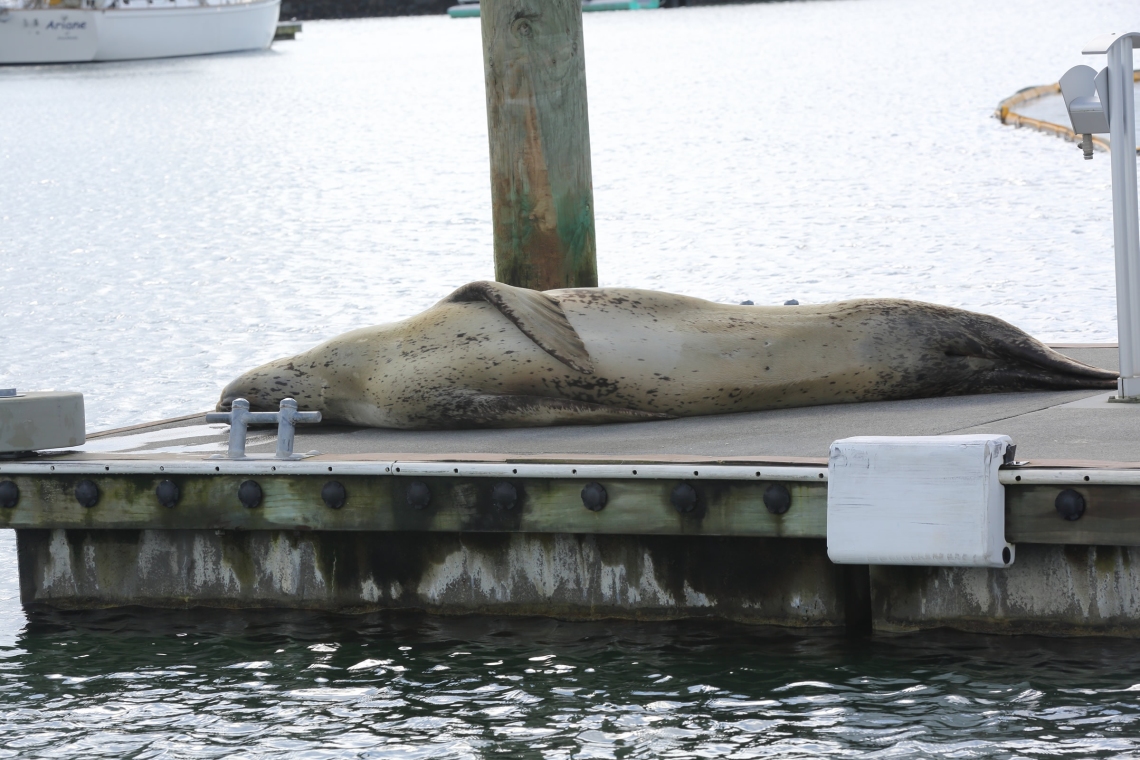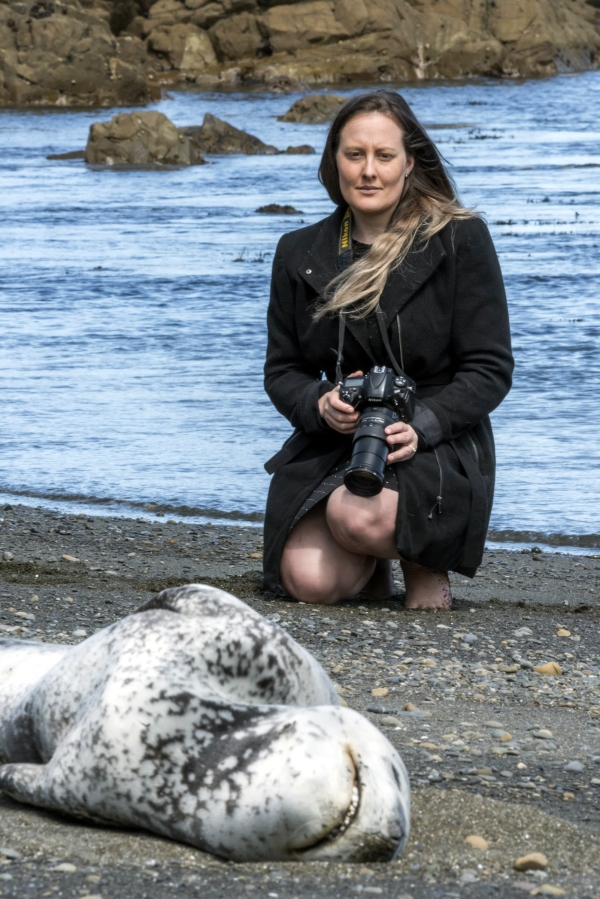A leopard seal, who has made the balmy waters around Auckland home, is prompting a NIWA scientist to campaign for her to be made a New Zealand citizen.
Owha has been a familiar site around the Waitemata Harbour for about six years. She likes the marinas between Auckland and Whangarei, sleeps on pontoons and has recently been spotted wallowing among the mangroves.
Dr Krista Hupman, a NIWA cetacean biologist who studies leopard seals, says the species is now so common in New Zealand waters, it needs reclassifying.
“Leopard seals are known as a vagrant species, which means New Zealand is well outside their normal range. But despite originating in Antarctic, their numbers keep increasing here”.
“I believe the status of the species needs to be changed from Vagrant to Resident given the vast evidence suggesting they are prevalent here and do not always return to Antarctic waters.”
Named because of their leopard-like markings, the seals have always been described as an Antarctic species - solitary animals distributed widely throughout the pack ice and second only to killer whales in the list of Antarctica’s top predators.
Changing the status of the species will require further scientific research before presenting the evidence to the Department of Conservation Dr Hupman and the team at LeopardSeals.org has several scientific papers on leopard seals awaiting publication which will be used to show this species is in fact a Resident species in New Zealand waters.
“Everything we learn about them is new. I feel a big responsibility to get things right because this is the first time this kind of information has been put together. I do like the idea of changing human perception of leopard seals though.”
In the past two years she and the team at LeopardSeals.org has put together a database of 2500 sightings of about 170 animals seen all around New Zealand. Some sightings date back to the 1860s.
“I want to know why them? Why are they coming north? It’s a mystery that needs solving - everything we learn about them is something new.”
Owha is very easy to recognise as she has two distinctive parallel marks on the right side of her back and v-shaped scar on the left side of her mouth. She has been spotted at Auckland’s Westhaven Marina, Great Barrier, Waiheke and other Hauraki Gulf islands and as far north as Marsden Cove, Whangarei.
Dr Hupman has set up an 0800 number for people to report sightings of leopard seals so she can collate further information on their presence within New Zealand waters. “I would encourage anyone with historical or current photos of leopard seals in New Zealand waters to call the hotline and become involved in this research.”
Dr Hupman says photographs of the animals are also crucial. “The way we identify and track individual movements over time is by photographing their spot patterns from as many angles of their body as possible.
"Their spots are like a fingerprint – each seal’s patterning is unique."
To report a leopard seal sighting:
Call 0800 LEOPARD (0800 5367273) – record the date, time and location and if possible, take a photograph. Leopard seals are known to be aggressive to humans so should not be approached.


